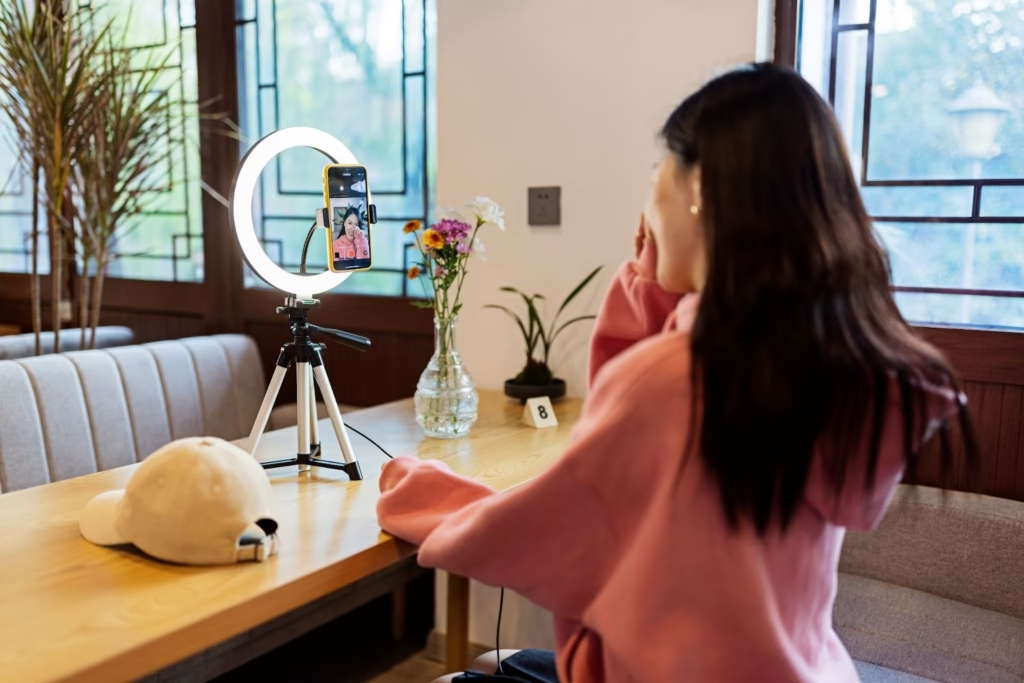A phone camera can do more than quick snapshots when you plan your practice and review with intent. If you want skills that travel from travel stories to simple client briefs, a mobile photography course gives you structure, feedback, and accountability. This guide explains how to choose a mobile photography course in Singapore, how to practise between classes, and how to build a light workflow that delivers reliable results. It suits anyone considering a photography course in Singapore and learners comparing a photography course for beginners with broader options.
1. Define Your Goal Before You Enrol
Pick one outcome you can complete in four to six weeks. Plan a fifteen-image story, a small brand lookbook, or a home product set. Share the aim with your trainer so that assignments target that outcome. A precise brief keeps practice tight and gives you a fair way to judge progress. Choose a photography course that lists outcomes, not only topics, so each lesson advances the project rather than adding random tips.
2. Choose A Course That Teaches Light First
Light shapes every choice. Favour a provider that spends time on direction, strength, and colour before app settings. Learn to read windows, shade, and simple reflectors for street and indoor scenes. A strong mobile photography course covers harsh sun, soft overcast, and mixed lighting. Once you manage light, framing and colour grading become easier, and your style grows without confusion.
3. Build A Repeatable Shooting Routine
Consistency beats one long weekend of practice. Design a simple loop you can run any day. Scout for five minutes, shoot for ten with a limit on frames, then review for five with one written improvement. This rhythm turns technique into instinct. In a mobile photography course in Singapore, ask the trainer to adapt the loop to parks, markets, and quiet corridors so you can train without long travel or special access.
4. Master Exposure And Focus Controls
You cannot fix everything later. Learn to lock exposure for backlight, set white balance for mixed light, and split focus from exposure when faces need priority. Practice manual sliders so you react fast to changing scenes. A photography course for beginners should include drills for highlight control, motion blur, and low-light stability using bracing and simple supports. With these habits, files look clean before you edit, which saves time and protects detail.
5. Treat Composition As A Storytelling Tool
Composition guides attention. Work with frames, leading lines, symmetry, and negative space to emphasise your subject. Shoot the same scene from high, mid, and low angles, then keep only the frame that serves the story. In any photography course in Singapore, request a critique that explains why a picture works rather than a simple score. Clear reasons travel with you into the next assignment and the next location.
6. Build An Efficient Mobile-To-Edit Workflow
Good pictures deserve a clean pipeline. Organise files by date and project, rename them clearly, and back up to two places. Learn a fast culling method that deletes blurry or duplicate frames before grading. Use non-destructive edits, save presets for daylight and indoor work, and export for both web and print. A practical photography course will map this workflow so you maintain quality and speed without clutter or confusion.
7. Prepare A Mini-Portfolio That Proves Progress
Finish the course with a small set that reflects your goal. Sequence images to create a clear beginning, middle, and end, then add short captions that carry context. Ask a trainer to mark strengths and gaps, and repeat the project after three weeks to see improvement. This cycle builds confidence and gives you material to share with clients or employers. It turns classes into visible, repeatable results rather than isolated exercises.
Conclusion
With a clear goal, control of light and exposure, a steady practice loop, strong composition, and a neat workflow, you turn short lessons into long-term gains. Whether you choose a mobile photography course or a broader photography course in Singapore, the structure above keeps learning practical and focused. If you are selecting a photography course for beginners, look for lessons that build habits you can use tomorrow and a teacher who explains the why behind every decision.
Contact OOm Institute to join a mobile photography course that builds real-world technique, clear workflows, and a portfolio you can show with confidence.





